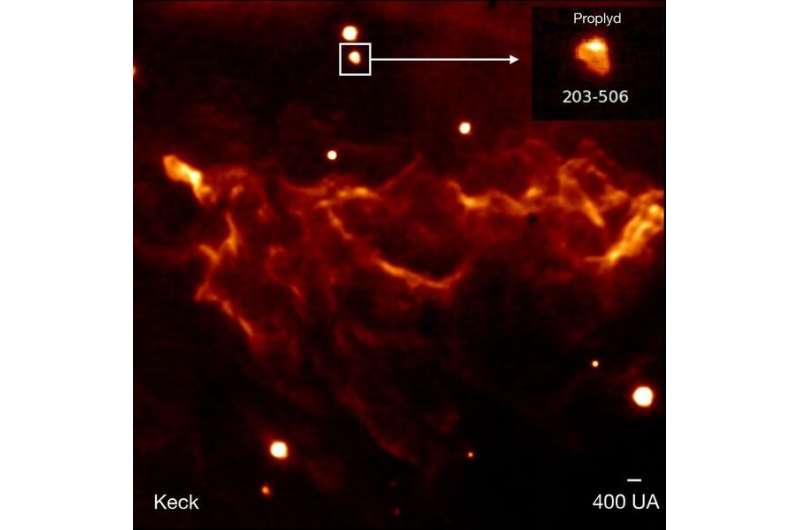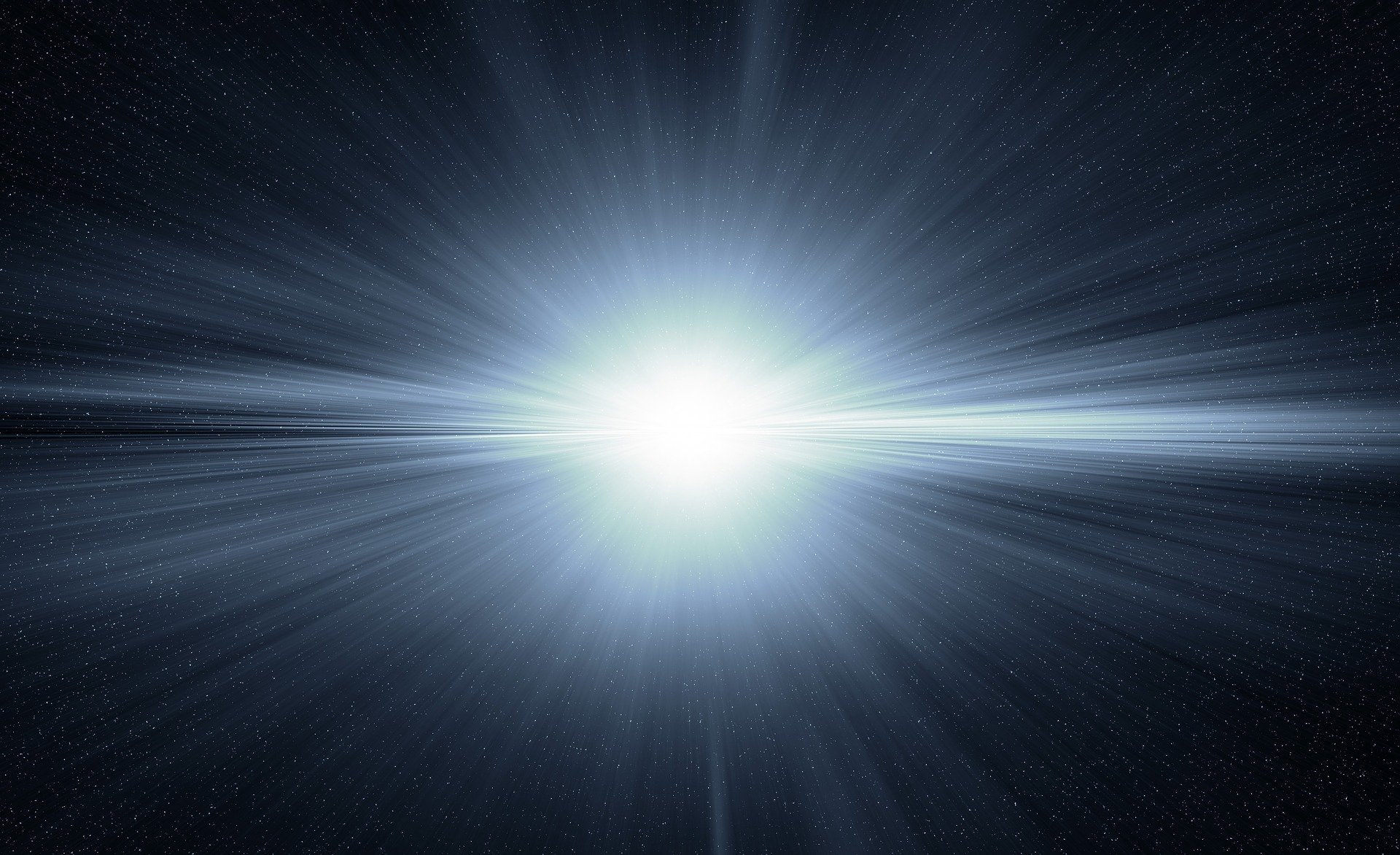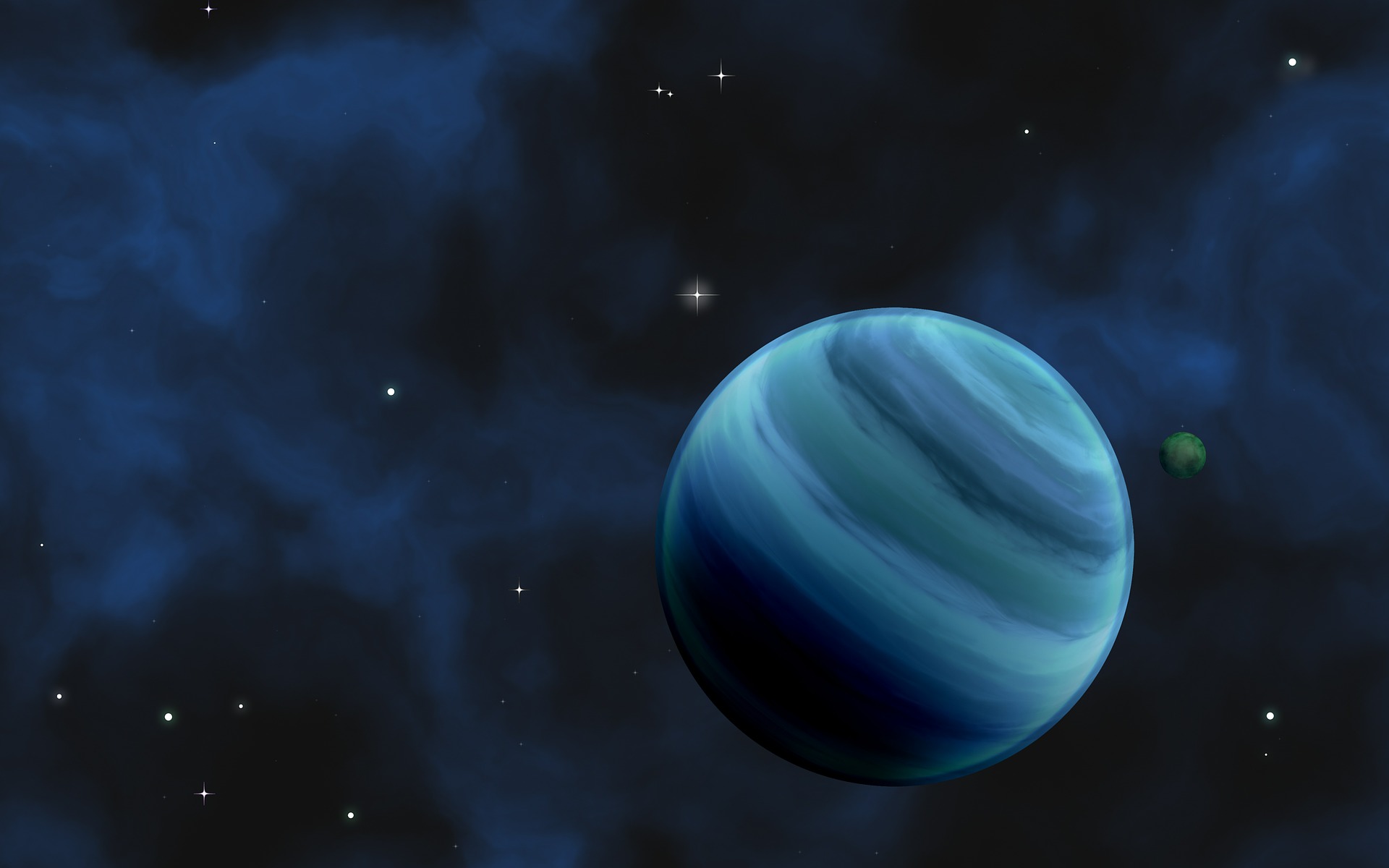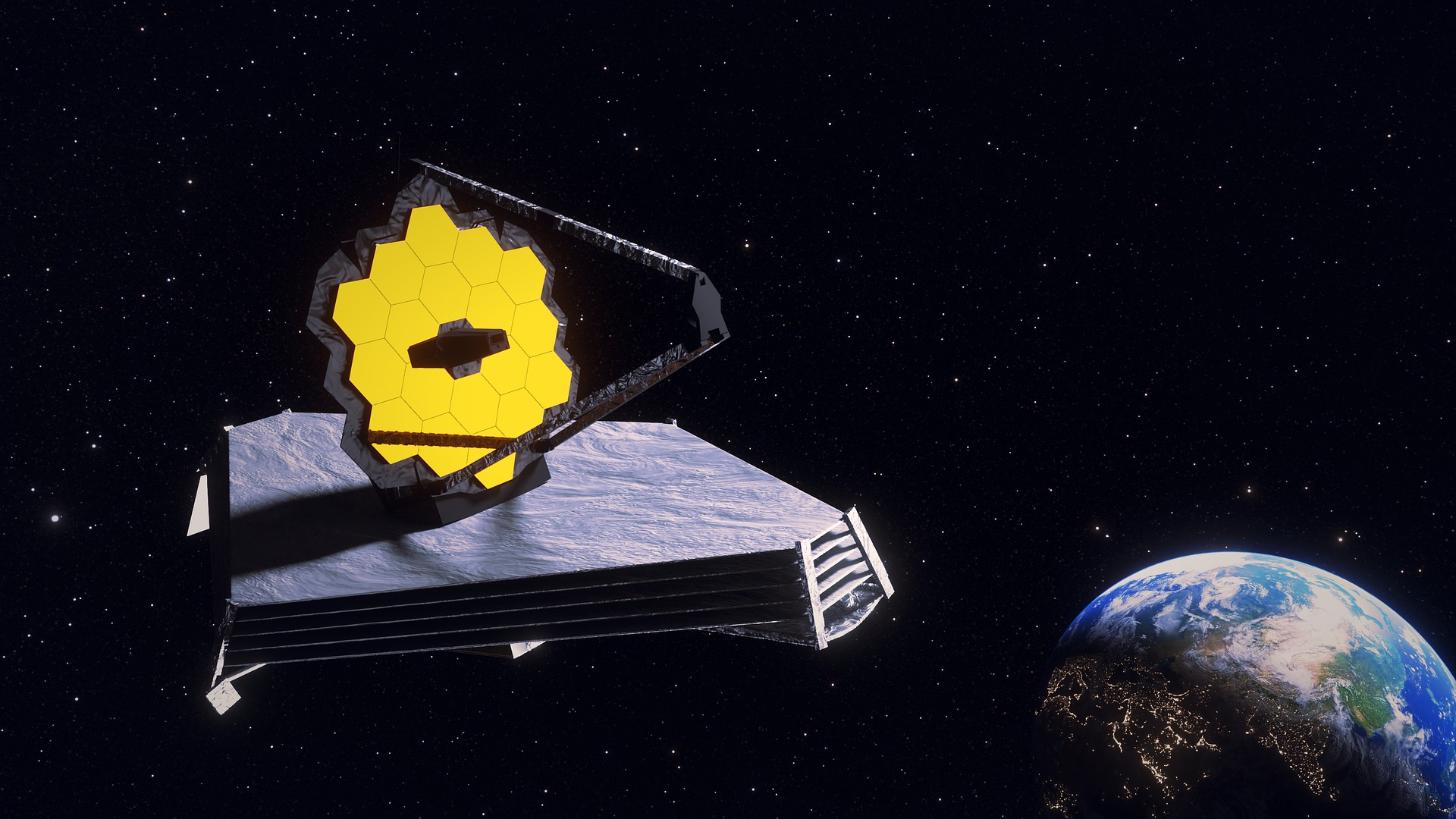Astronomers see radiation turmoil of star-birth in Orion Nebula

Key Points
- Astronomers have seen radiation-turmoil while a star-birth in the radiation zone of the Orion Nebula.
- Using the Keck Observatory on Hawai’i Island, they have captured the most detailed and complete images ever taken.
- The nebula is located 1,350 light years from Earth.
- Astronomers have used Keck Observatory images of the Orion Bar to map the radiation turmoil caused while a star-birth.
Astronomers have seen radiation-turmoil while a star-birth in the radiation zone of the Orion Nebula. They have captured from Maunakea the most complete and detailed images ever taken of the region where the renowned constellation of Orion is blasted with ultraviolet (UV) radiation from massive young stars using the W. M. Keck Observatory on Hawaii Island.
This irradiated neutral zone, called a Photo-Dissociation Region (PDR), is located in the Orion Bar within the Orion Nebula, an active star-forming site found in the middle of the “sword” hanging from Orion’s “belt.” When viewed with the naked eye, the nebula is often mistaken for one of the stars in the constellation; when viewed with a telescope, the photogenic nebula is seen as a glowing gaseous stellar nursery located 1,350 light years from Earth.
Carlos Alvarez, a staff astronomer at Keck Observatory and co-author of the study, said that it was thrilling being the first to see the sharpest images of the Orion Bar ever taken in the near infrared.
Because the Orion Nebula is the closest massive star formation region to us and may be similar to the environment in which our solar system was born, studying its PDR – the area that’s heated by starlight – is an ideal place to find clues as to how stars and planets are created.
Read: Hubble Revisits Veil Nebula
Emilie Habart, an Institut d’Astrophysique Spatiale associate professor at Paris-Saclay University and lead author of a paper on this study, said that observing photo-dissociation regions is like looking into our past. “These regions are important because they allow us to understand how young stars influence the gas and dust cloud they are born in, particularly sites where stars, like the sun, form”, added Habart.
The study has been accepted for publication in the journal Astronomy & Astrophysics, and is available in preprint format on arXiv.org.
The PDRs4All team used the Orion’s PDR used the Keck Observatory’s second-generation Near-Infrared Camera (NIRC2) and the Keck II telescope’s adaptive optics system to examine the radiation turmoil caused while a star-birth.
Stating that they had never before been able to observe at a small scale how interstellar matter structures depend on their environments, particularly how planetary systems could form in environments strongly irradiated by massive stars, Habart said, “This may allow us to better understand the heritage of the interstellar medium in planetary systems, namely our origins”.
Astronomers hope that the new Keck Observatory images of the Orion Bar will help deepen their understanding of this process because they reveal in detail where gas in its PDR changes from hot ionized gas, to warm atomic, to cold molecular gas. Mapping this conversion is important because the dense, cold molecular gas is the fuel needed for star formation.
Astronomers and all space enthusiasts are curiously awaiting for future observations of the James Webb Space Telescope, which will be able to dive deeper into the Orion Bar and other PDRs, and Keck will be instrumental in validating JWST’s early science results.
Also Read: Is the Universe just an illusionary art?
This image of the Orion’s radiation zone has clearly signaled a new era of observing the evolution of stars and their effect on the environments surrounding them, say astronomers.
Auto Amazon Links: No products found.


